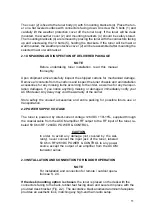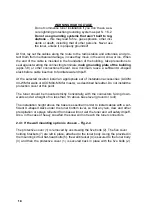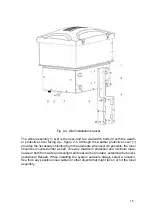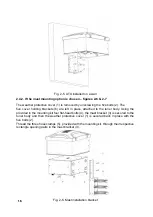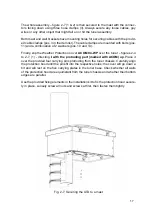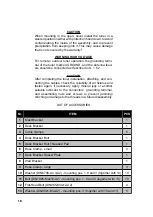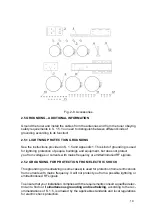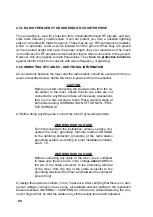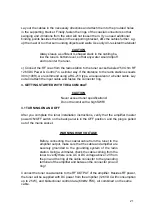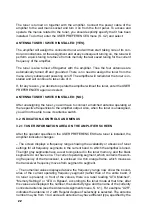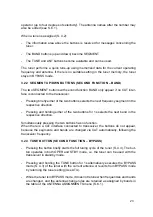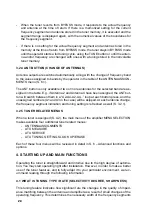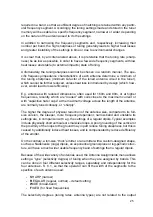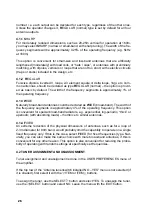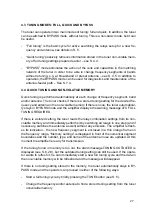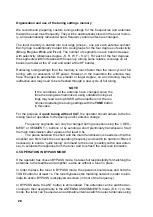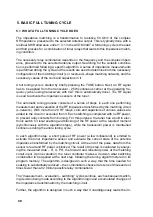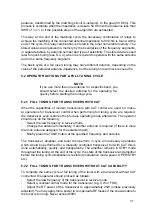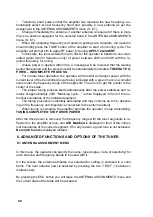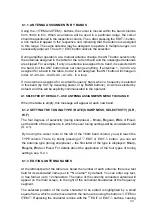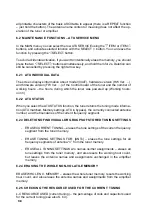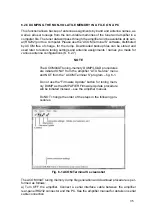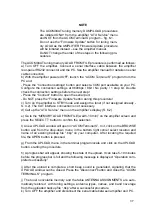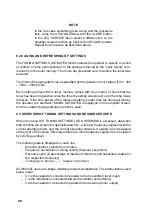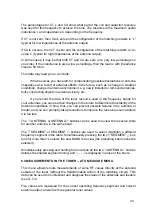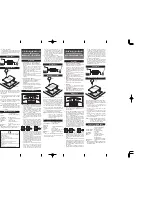
25
required in a band, so that a sufficient degree of matching is retained within any partic
-
ular frequency segment. Accordingly, the tuning settings made and stored in the tuner
memory will be usable in a specific frequency segment, narrower or wider, depending
on the nature of the antenna used to do the settings.
In addition to narrowing the frequency segments and, respectively, increasing their
number per band, the high sharpness of tuning generally leads to higher heat losses
and greater instability of the settings in time or due to environmental changes.
It is clear that, by all criteria listed above, it is preferable that the tuning rate (sharp
-
ness) be as low as possible, in order to have a few wide frequency segments, with low
heat losses and stable (to external impacts) state of tuning.
Unfortunately, the tuning sharpness cannot be chosen in a random manner. The spe
-
cific frequency-impedance characteristics of each antenna determine a minimum of
the tuning sharpness (minimum Q-factor of the tuned antenna circuit in the tuner),
which cannot be further reduced, unless heat loss is introduced by design (which, how
-
ever, would lead to lower efficiency).
E.g. antennas with reduced dimensions, often used for 160m and 80m, or at higher
frequencies, recently, which are “loaded” with coils close to the maximum current or
with “capacitive hats / caps” at the maximum voltage across the length of the antenna,
are normally tuned critically, or “sharply”.
The higher the degree of physical reduction of the antenna size, compared to its full-
size version, the steeper, more frequency-dependent, narrow-band and unstable its
settings are, in comparison with e.g. the settings of a regular dipole. Typical examples
include physically short verticals or small-size loops. A poor grounding of the vertical or
the proximity of the loops to the ground may in part reduce tuning steepness, but this is
caused by additionally induced heat losses, and is compensated by reduced efficiency
of the emitter.
On the contrary, a full-size, “thick” emitter, or an emitter with a custom-designed shape,
such as a Nadenenko (cage) dipole, an exponential ground-plane or log-periodic struc
-
ture, will have a much wider usable frequency band of settings than a regular dipole.
Because of the wide variety of antennas used, the Antenna Assignments menu allows
setting a “type” (selectivity degree) of tuning when they are assigned by bands. This
can be done in four different selectivity ranges, separately and independently for the
four antennas - S. 6.1, so that the operator can fit the width of the segments to the
specifics of each antenna used:
-
S
HARP (narrow)
-
R
EGULAR (regular, normal) –
default setting
-
W
IDE (broad-band)
-
F
IXED (for fixed frequencies)
The selectivity degrees (tuning rates, antenna types) are not related to the output
Содержание ACOM 04AT
Страница 1: ...1 ...
Страница 57: ...2 2 ...

